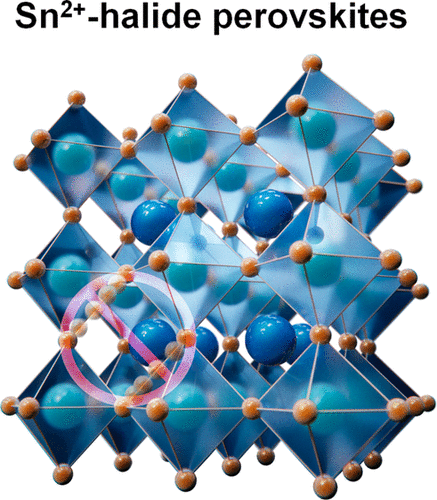Ion Migration in Tin-Halide Perovskites
- 저자
- Zhikai Le, Ao Liu*, Youjin Reo, Sai Bai, Yong-Young Noh*, Huihui Zhu*
- 저널명
- ACS Energy Letters, 9, 4, 1639-1644 (2024)
- 년도
- 2024
- Link
- https://doi.org/10.1021/acsenergylett.4c00198 715회 연결
[Abstract]
Metal-halide perovskites, exhibiting exceptional optoelectronic properties, have emerged as a highly promising class of semiconductors for diverse applications. However, the inherent instability caused by ion migration has raised significant concerns, impeding further commercialization. This notorious phenomenon has been widely reported in lead (Pb2+)-halide perovskite devices, resulting in instability issues such as hysteresis, phase segregation, localized doping, and electrochemical reactions. Interestingly, recent efforts have revealed that ion migration appears to be less severe, or even negligible, in tin (Sn2+)-perovskite counterparts. In this Perspective, we delve into the cross-linked universe of defect chemistry and ion migration theory, uncovering the potential mechanisms connecting these unique properties. Combined with their eco-friendly nature and promising optoelectrical characteristics, Sn2+-halide perovskites hold immense potential for advancing renewable energy and stable optoelectronic devices.
